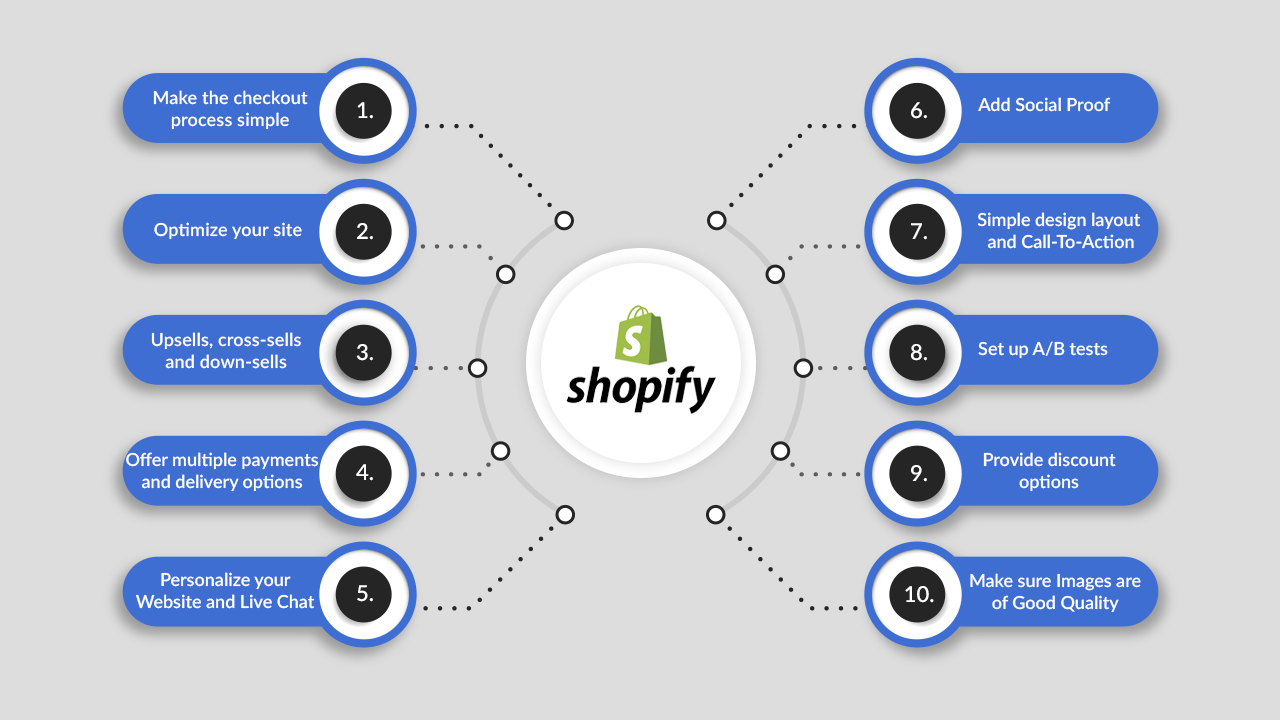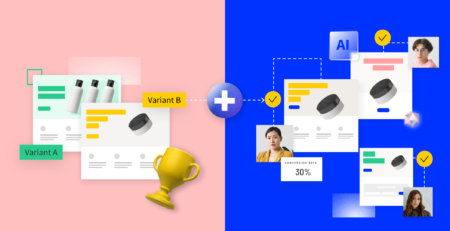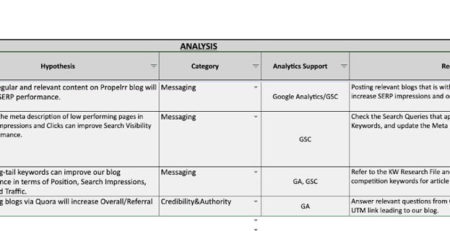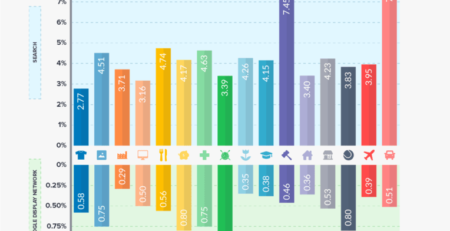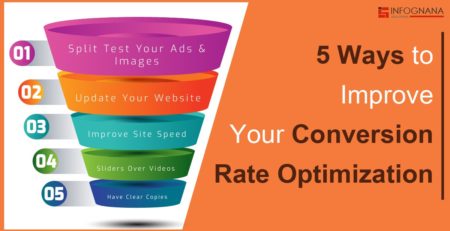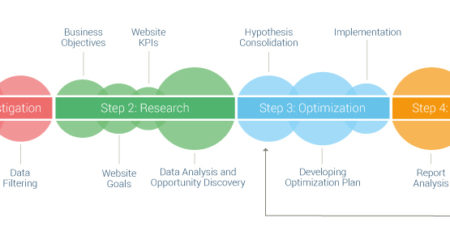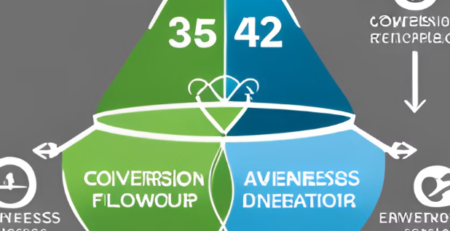How To Increase Conversion Rate Shopify?
Are you looking to boost your sales on Shopify? Wondering how to increase your conversion rate and turn more visitors into customers? Well, you’ve come to the right place! In this guide, we’ll explore strategies and tips on how to supercharge your conversion rate on Shopify. So, let’s dive in and start optimizing your online store for maximum success!
Picture this: you’ve put in the hard work to set up your Shopify store, but the sales just aren’t rolling in as you expected. Don’t worry, you’re not alone! Many online businesses face this challenge. The good news is that with a few tweaks and tactics, you can significantly boost your conversion rate and watch your sales soar.
Whether you’re a seasoned ecommerce entrepreneur or just starting out, increasing your conversion rate on Shopify is key to maximizing your revenue and growing your business. So, let’s uncover the secrets to capturing your customers’ attention, inspiring trust, and ultimately, converting more visitors into paying customers. Get ready to take your Shopify store to new heights!
(Note: Throughout this guide, when we mention “conversion rate,” we’re referring to the percentage of website visitors who take a desired action, such as making a purchase or signing up for a newsletter.)
- Optimize your website speed to reduce loading time.
- Create clear and compelling product descriptions.
- Add high-quality images and videos to showcase your products.
- Simplify the checkout process by minimizing form fields.
- Implement social proof elements, such as customer reviews and testimonials.
These strategies will help improve your Shopify store’s conversion rate and drive more sales.
How to Increase Conversion Rate on Shopify: A Comprehensive Guide
In today’s digital world, having an online presence is crucial for businesses. One of the key metrics that determines the success of an online store is the conversion rate. The conversion rate measures the percentage of website visitors who take the desired action, such as making a purchase or signing up for a newsletter. If you’re running your ecommerce store on Shopify, there are several strategies you can implement to increase your conversion rate and boost your sales. In this article, we will explore seven effective ways to optimize your Shopify store for conversion.
1. Optimize Your Website Speed
A fast and responsive website is essential for a positive user experience and higher conversion rates. Slow-loading pages can lead to frustration and abandonment. Start by analyzing your website’s speed using tools like Google PageSpeed Insights or GTmetrix. Identify areas where you can improve, such as optimizing images, reducing HTTP requests, and leveraging browser caching. Additionally, consider using a content delivery network (CDN) to speed up page load times for visitors across different regions.
The Benefits of Website Speed Optimization
– Improved user experience: Faster load times lead to better user engagement and increased likelihood of conversions.
– Higher search engine rankings: Google considers website speed as a ranking factor, so a faster site can improve your organic search visibility.
– Reduced bounce rates: A slow website increases bounce rates, but improving speed can entice visitors to stay and explore more.
2. Implement a Clear and User-Friendly Website Design
To increase conversions, your website design should be visually appealing, easy to navigate, and user-friendly. Start by choosing a clean and responsive theme that aligns with your brand. Create a clear and intuitive navigation menu that helps visitors find what they’re looking for quickly. Optimize your product pages with high-quality images, descriptive product titles and descriptions, and clear calls to action. Avoid cluttered layouts and excessive use of colors or fonts that can confuse or overwhelm visitors.
The Benefits of a User-Friendly Website Design
– Improved user experience: A well-designed website makes it easier for visitors to browse, find products, and make a purchase.
– Increased trust and credibility: A professional-looking and user-friendly design fosters trust in your brand and encourages customers to buy from you.
– Enhanced mobile experience: A responsive design ensures that your website looks and functions seamlessly on different devices, including smartphones and tablets.
3. Use High-Quality Product Images and Videos
When shopping online, customers rely heavily on visuals to make purchasing decisions. That’s why it’s important to use high-quality product images and videos to showcase your products. Invest in professional product photography or create engaging videos that demonstrate the features and benefits of your products. Make sure to provide multiple images from different angles, and include zoom functionality to allow visitors to get a closer look.
Furthermore, consider incorporating user-generated content such as customer reviews and product photos to build trust and social proof. Customers are more likely to convert when they see real people using and enjoying your products.
The Benefits of High-Quality Product Images and Videos
– Increased product appeal: High-quality visuals captivate visitors and make products more enticing, leading to higher conversion rates.
– Improved product understanding: Clear and informative images and videos help customers visualize the product, leading to more informed purchase decisions.
– Enhanced credibility: Real-life product images and videos from satisfied customers build trust and authenticity, encouraging others to convert.
4. Optimize Your Product Descriptions and CTAs
Compelling product descriptions and persuasive calls to action (CTAs) are crucial for driving conversions. Your product descriptions should be informative, highlighting the features and benefits of your products. Use persuasive language and incorporate storytelling techniques to create an emotional connection with potential buyers. Make sure your CTAs stand out, use action-oriented language, and are placed strategically on your website. A/B testing different variations of your CTAs can help you identify the most effective ones.
The Benefits of Optimized Product Descriptions and CTAs
– Increased product understanding: Clear and persuasive product descriptions answer potential customers’ questions and alleviate any doubts, leading to more conversions.
– Urgency and motivation: Well-crafted CTAs create a sense of urgency and motivate visitors to take action, resulting in higher conversion rates.
– Improved search engine visibility: Relevant and keyword-rich product descriptions help improve your organic search rankings and attract more potential customers.
5. Leverage Social Proof and Customer Testimonials
Social proof is a powerful psychological phenomenon that influences people’s behavior. Incorporating customer testimonials, reviews, ratings, and trust badges on your Shopify store can significantly increase your conversion rate. Display positive feedback from satisfied customers prominently on your product pages and consider implementing additional trust signals, such as certifications and awards. Highlight any press mentions or endorsements to further build credibility and trust.
The Benefits of Social Proof and Customer Testimonials
– Increased trust in your brand: Social proof reassures potential customers that your products are reliable and of high quality, making them more likely to convert.
– Overcoming skepticism: Seeing positive experiences from other customers helps address any concerns or skepticism potential buyers may have.
– Improved customer satisfaction: Encouraging and showcasing customer feedback can lead to better products and services as you gain insights from their experiences.
6. Simplify the Checkout Process
A complicated and lengthy checkout process can deter potential customers from completing their purchase. Streamline your Shopify store’s checkout process to minimize friction and increase conversions. Only ask for essential information and offer guest checkout options to avoid unnecessary form filling. Implement a progress indicator to keep customers informed about their progress and reduce any anxiety they may feel. Additionally, consider offering multiple payment options and a seamless mobile checkout experience.
The Benefits of a Simplified Checkout Process
– Increased conversion rate: A simplified checkout process minimizes abandoned carts and increases the likelihood of completing a purchase.
– Enhanced user experience: A smooth and intuitive checkout process reduces frustration and improves customer satisfaction.
– Higher customer retention: Satisfied customers are more likely to become repeat buyers, leading to increased customer loyalty and retention.
7. Utilize Personalization and Targeted Marketing
Personalization has become a crucial aspect of successful ecommerce strategies. Shopify offers various tools and plugins that can help you personalize your marketing efforts based on customers’ behavior, preferences, and purchase history. Leverage customer segmentation to send targeted emails and promotions, recommend relevant products, and create customized landing pages. By tailoring your marketing messages and offers to each customer’s specific needs and interests, you can significantly improve your conversion rate.
The Benefits of Personalization and Targeted Marketing
– Increased engagement: Personalized marketing messages resonate better with customers, leading to higher open rates, click-through rates, and ultimately, conversions.
– Improved customer loyalty: By showing customers that you understand their preferences, you foster a sense of loyalty and encourage repeat purchases.
– Higher customer lifetime value: Personalized marketing helps drive repeat business and increases the potential for upselling and cross-selling opportunities.
Key Metrics to Monitor and Tips to Optimize Conversion Rate
After implementing these strategies, it’s essential to monitor and analyze key metrics to measure the success of your efforts. Here are three additional areas to focus on to further optimize your conversion rate:
1. Analyze Your Conversion Funnel
By analyzing your conversion funnel, you can identify areas where potential customers are dropping off and make improvements to boost conversions. Use Shopify analytics or Google Analytics to track the journey from the initial visit to the final conversion. Look for any significant drop-offs in each stage of the funnel and determine potential bottlenecks. It could be a slow-loading page, unclear product descriptions, or a complicated checkout process. Address these issues to improve your conversion rate.
2. A/B Test Different Elements
To continually improve your conversion rate, conduct A/B tests on different elements of your website. Test variations of headlines, layouts, calls to action, color schemes, and other elements to determine which ones generate the best results. Monitor key metrics such as conversion rate, bounce rate, and average order value to make data-driven decisions about which variations to implement permanently.
3. Provide Exceptional Customer Service
Exceptional customer service plays a significant role in converting visitors into loyal customers. Ensure that you have robust customer support channels in place, such as live chat, email, or phone support. Respond promptly to customer inquiries and address any issues or concerns they may have. Train your support team to provide personalized and friendly assistance to create a positive experience for customers.
By implementing these strategies and continuously monitoring and optimizing your Shopify store, you can increase your conversion rate and drive more revenue. Remember that every aspect of your website, from its speed and design to product descriptions and checkout process, contributes to a seamless and positive user experience, encouraging visitors to become loyal customers.
Key Takeaways: How to Increase Conversion Rate Shopify?
- Make sure your website has a clean and professional design.
- Optimize your product descriptions to highlight the benefits and solve customer pain points.
- Streamline the checkout process to make it quick and easy for customers.
- Utilize customer reviews and testimonials to build trust and credibility.
- Implement targeted email marketing campaigns to re-engage potential customers.
Frequently Asked Questions
Welcome to our FAQ section where we answer common questions about increasing conversion rates on Shopify. Whether you’re a beginner or an experienced Shopify user, these questions and answers will guide you in boosting your conversions and growing your online business.
1. How can I improve my product descriptions to increase conversion rates on Shopify?
Product descriptions play a vital role in convincing customers to make a purchase. To enhance them, focus on highlighting the benefits and unique selling points of your products. Additionally, make sure your descriptions are clear, concise, and easy to read. Use bullet points to organize information and break down complex features into simpler terms. Don’t forget to include high-quality product images that showcase different angles and perspectives.
Another effective strategy is to incorporate customer reviews and testimonials directly into your product descriptions. This adds social proof and builds trust, giving potential buyers more confidence to complete their purchase. Lastly, consider using persuasive language and creating a sense of urgency with words like “limited time offer” or “while supplies last.”
2. What are some effective ways to optimize my website’s loading speed on Shopify?
Website loading speed is crucial for improving conversion rates. To optimize your Shopify store’s loading speed, start by optimizing your images. Resize and compress images without sacrificing quality. You can use image compression tools or Shopify apps to help with this task. Additionally, minimize the use of unnecessary plugins or apps that could slow down your website.
Another way to boost loading speed is by enabling browser caching. This allows frequent visitors to load your website faster by storing certain files on their browser, reducing the need to re-download them. Lastly, consider using a content delivery network (CDN) to distribute your website’s files across multiple servers. This helps reduce latency and improves overall loading speed, especially for international visitors.
3. What are some effective strategies for reducing shopping cart abandonment on Shopify?
Shopping cart abandonment can be frustrating, but implementing the right strategies can help reduce it. One effective strategy is to simplify the checkout process. Remove any unnecessary steps or fields that may cause friction, and offer guest checkout options to eliminate the need for creating an account.
Another strategy is to display trust signals, such as security badges and SSL certification seals, during the checkout process. This helps instill confidence in your customers and assures them that their information is secure. Offering multiple payment options, including popular gateways like PayPal or Apple Pay, can also reduce cart abandonment by providing convenience and flexibility.
4. How can I leverage social media to increase conversion rates on Shopify?
Social media platforms provide a valuable opportunity to connect with your target audience and drive conversions. Start by identifying the platforms where your target audience is most active. Create engaging and shareable content that aligns with your brand and showcases your products. This can include product tutorials, customer testimonials, or behind-the-scenes glimpses.
Encourage user-generated content by running contests or creating branded hashtags. This not only increases engagement but also helps build social proof. Collaborating with influencers or micro-influencers in your niche can also boost your reach and credibility. Lastly, use social media advertising to target specific demographics or interests that align with your products.
5. How can I optimize my Shopify store for mobile devices to increase conversion rates?
With the majority of online traffic coming from mobile devices, it’s essential to optimize your Shopify store for mobile users. Choose a mobile-responsive theme and design your store with a clean and user-friendly layout. Ensure that buttons and menus are easily clickable with a finger, and text is legible without zooming in.
Streamline the mobile checkout process by minimizing the number of steps required and optimizing the forms for mobile input. Test your store’s loading speed on mobile devices, as slow loading times can discourage users from completing their purchase. Lastly, make sure your product images are properly displayed and all elements on your website are fully functional on mobile devices.
How To 4X Your Shopify Conversion Rate in 2023
Summary
Here’s a quick summary of how you can increase your conversion rate on Shopify:
First, make sure your website is user-friendly and easy to navigate. Use clear and simple language to explain your products or services.
Next, create high-quality product images and descriptions. Show your product from different angles and provide all the necessary details.
Offer special deals or discounts to entice customers to make a purchase. Highlight the benefits of your products or services and show testimonials from satisfied customers.
Make the checkout process as smooth as possible. Remove any unnecessary steps and offer multiple payment options.
Lastly, track your metrics and analyze the data to see what’s working and what’s not. Make adjustments accordingly to optimize your conversion rate.
So remember, to increase your conversion rate on Shopify, focus on improving your website, showcasing your products, offering compelling deals, simplifying the checkout process, and analyzing your results. Good luck!

